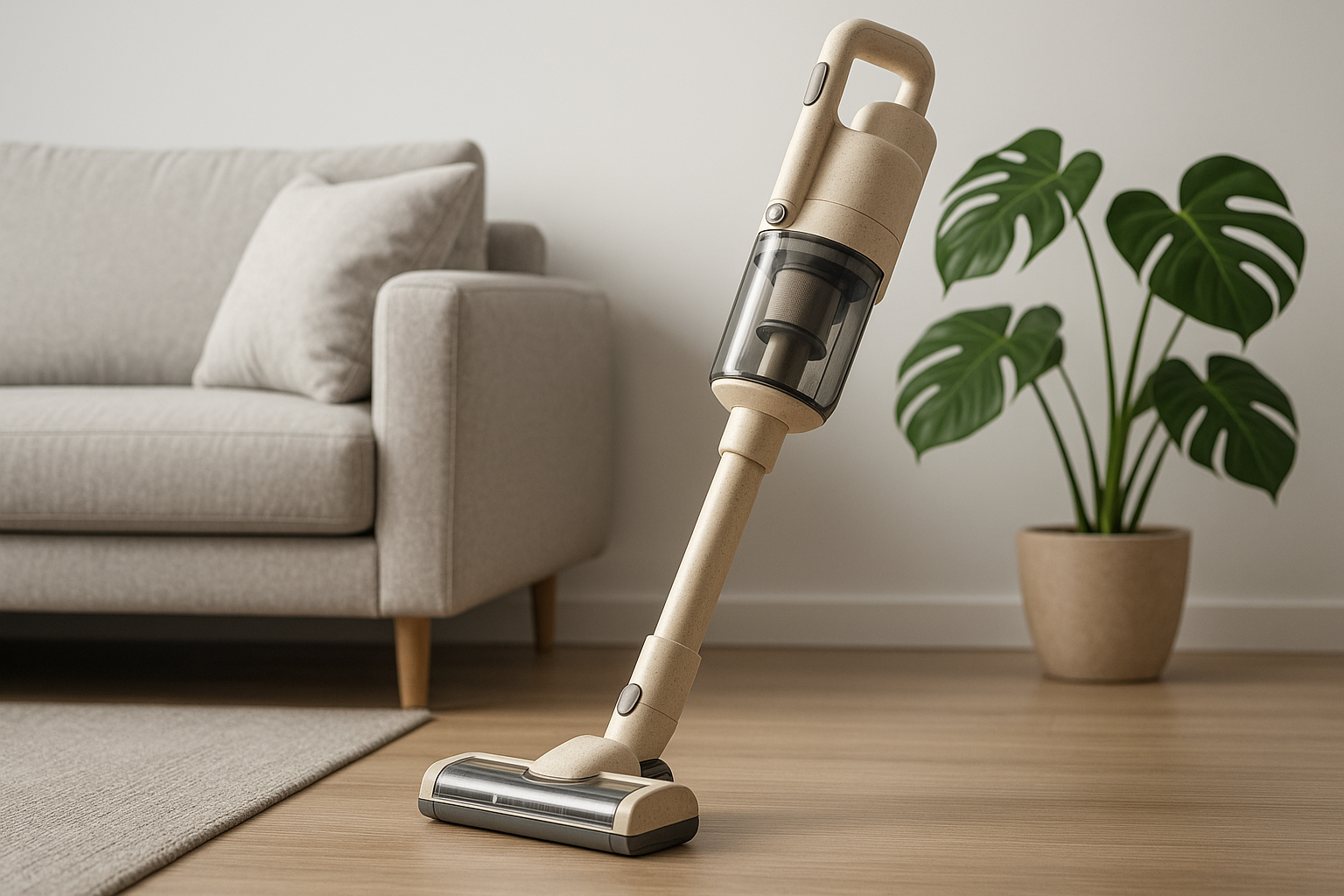 As eco-consciousness rises across the United States, the vacuum cleaner industry is undergoing an impressive transformation. Forward-thinking brands are now introducing vacuum cleaners crafted from renewable and recycled materials—a breakthrough that’s changing both environmental impact and consumer expectations.
As eco-consciousness rises across the United States, the vacuum cleaner industry is undergoing an impressive transformation. Forward-thinking brands are now introducing vacuum cleaners crafted from renewable and recycled materials—a breakthrough that’s changing both environmental impact and consumer expectations.
Why Renewable Materials Matter
Conventional vacuums rely heavily on virgin plastics, which contribute to landfill waste and environmental degradation. In contrast, today’s innovative manufacturers are leveraging bio-based plastics, recycled polymers, and even bamboo composites to create robust, reliable machines. This not only cuts down on the use of fossil fuels but also supports a more circular economy. You can learn more about the global push for greener home appliances in this article.
Performance Without Compromise
A common myth is that eco-friendly means less effective. In reality, many green vacuums now feature advanced technologies such as HEPA filtration, energy-efficient motors, and multi-surface cleaning power. The latest models undergo rigorous testing to ensure they match or even exceed the cleaning standards of traditional machines.
How to Make the Right Choice
When shopping for a vacuum, look for certifications like Energy Star, RoHS compliance, or clear labeling of recycled material content. Brands with take-back or recycling programs offer added value and responsibility. Don’t overlook companies that are transparent about their supply chains and who prioritize minimal packaging.
Conclusion
The trend toward renewable material vacuum cleaners signals a major step forward in the pursuit of sustainability. As American consumers become more educated about their choices, the demand for eco-friendly appliances is only set to grow. By choosing these next-generation vacuums, you’re not just cleaning your home—you’re helping to clean the planet.
Explore innovative vacuum solutions and sustainability leadership at www.lxvacuum.com.
















